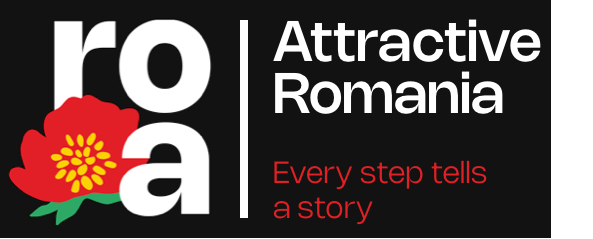After the conquest of intra-Carpathian Dacia and the pacification of the region, it was very important that the road from the Niraj Valley that connected the Barbaricum in eastern Transylvania (Salt Land, Ciuc Depression and Giurgeu Depression) with the interior of the province was well protected and supervised by the army and the Roman authorities.
Among the fortifications built parallel to the Eastern Carpathians at the beginning of the 2nd century, with the role of defending the eastern border of the Dacia province and especially the road on the Niraj Valley, was the auxiliary Roman castrum from Călugăreni. It was located on the site known as Cetatea Sânzienei or Cetatea Veche.
According to archaeological data, the troop stationed at Călugăreni was Cohors I (first) Augusta Ituraeorum, an auxiliary unit of archers originally recruited from among the Itures, a population that lived on the territory of Lebanon and Syria today.
Currently, the archaeological site from Călugăreni is the most intensively researched site of the Roman era in Mureș County and the best known in the archaeological literature. The most representative monuments preserved to this day are the stone castrum, the baths and the Roman road network.
Brief historical foray
Chronologically, the first castrum, with its wooden enclosure, was built at the beginning of the 2nd century, probably under the reign of Emperor Trajan or at the beginning of the reign of Hadrian. Its dimensions could not be determined.
The second phase of the castrum, the one with the stone enclosure, is dated to the middle of the 2nd century, probably under the reign of the emperor Antoninus Pius. The stone castrum has an average length of 162 m and an average width of 140 m, being slightly asymmetrical.
The castrum was abandoned in the second half of the 3rd century.
Architectural features
The geomagnetic measurements carried out in Călugăreni in 2008 led to the identification of two gates, some remains of the trapezoidal corner towers and the intermediate curtain towers on each side of the castrum.
Principia, the command building, was distinguished by a characteristic plan, with an inner courtyard, a basilica and five smaller rooms at the rear.
A large building with an inner courtyard was identified as praetorium (commander's building).
Other buildings were also visible, a warehouse (horreum), barracks and stables.
Unique experiences
The archaeological park from Călugăreni offers you the opportunity to spend some quality time, by visiting the Roman site, the Time Box exhibition pavilions or the Busola viewpoint.
If you are interested in discovering more about daily Roman life, civil and military, take part in the R Festival (Roman, Renaissance, Rural), organized annually in Călugăreni. You will witness parades, military demonstrations, exhibitions and workshops and benefit from guided tours of archaeological digs.
3D Animation
Virtual tour
Facilities
Wi-Fi
yes
Access facilities for disabled people
no
Sanitary group in the location or proximity
yes
Tourist guide
romanian, english, hungarian
Visiting schedule
time box pavilions: april 1st - november 30th | outdoors, throughout the year: tuesday – friday between 9:00 am – 6:00 pm | saturday – sunday between 9:00 am – 4:00 pm
Access and entry
ticket-based access
Status
under rehabilitation, visitable
Landmark access
bicycle, railroad, walking, by car
Tickets
time box pavilions: adult: 5 lei/person | students: 1 leu/person | seniors: 2 lei/person | persons with disabilities: free | outdoors: free
Payment methods
cash
Reviews

.jpg?locale=en)
.jpg?locale=en)


.jpg?locale=en)
.jpg?locale=en)
.jpg?locale=en)
.jpg?locale=en)
.jpg?locale=en)

 Sign up with Google
Sign up with Google
